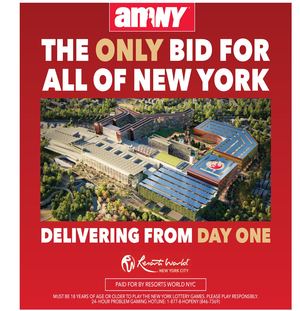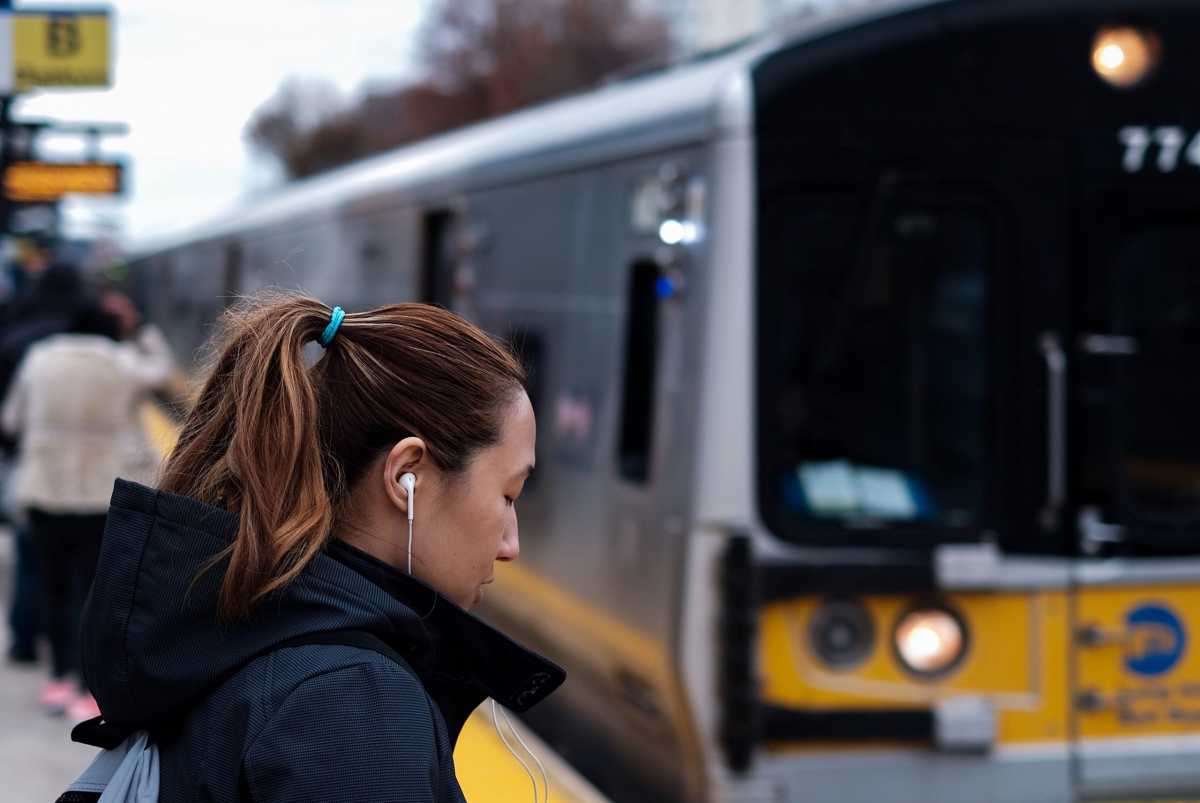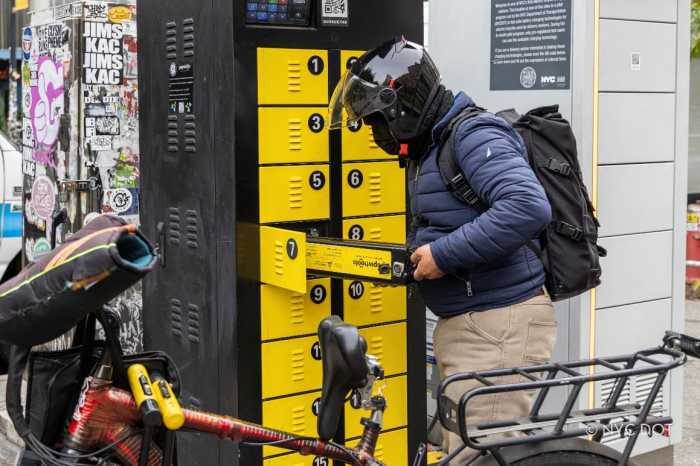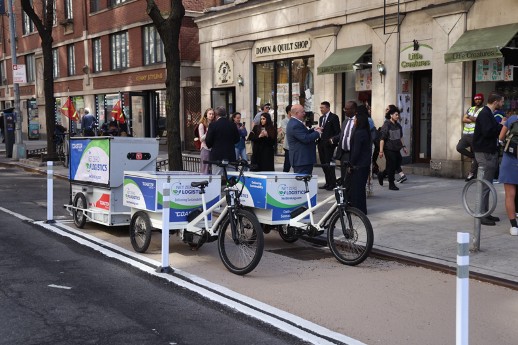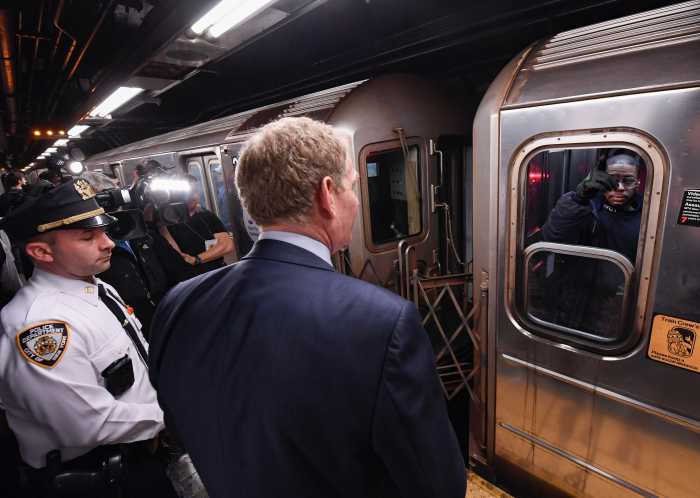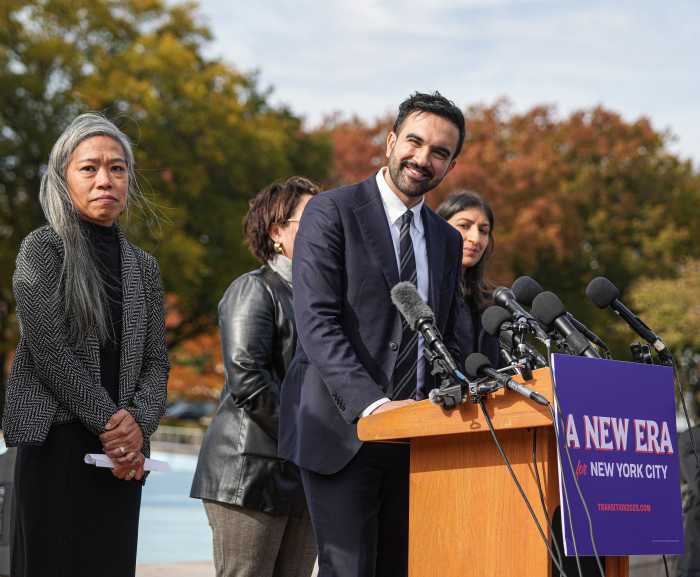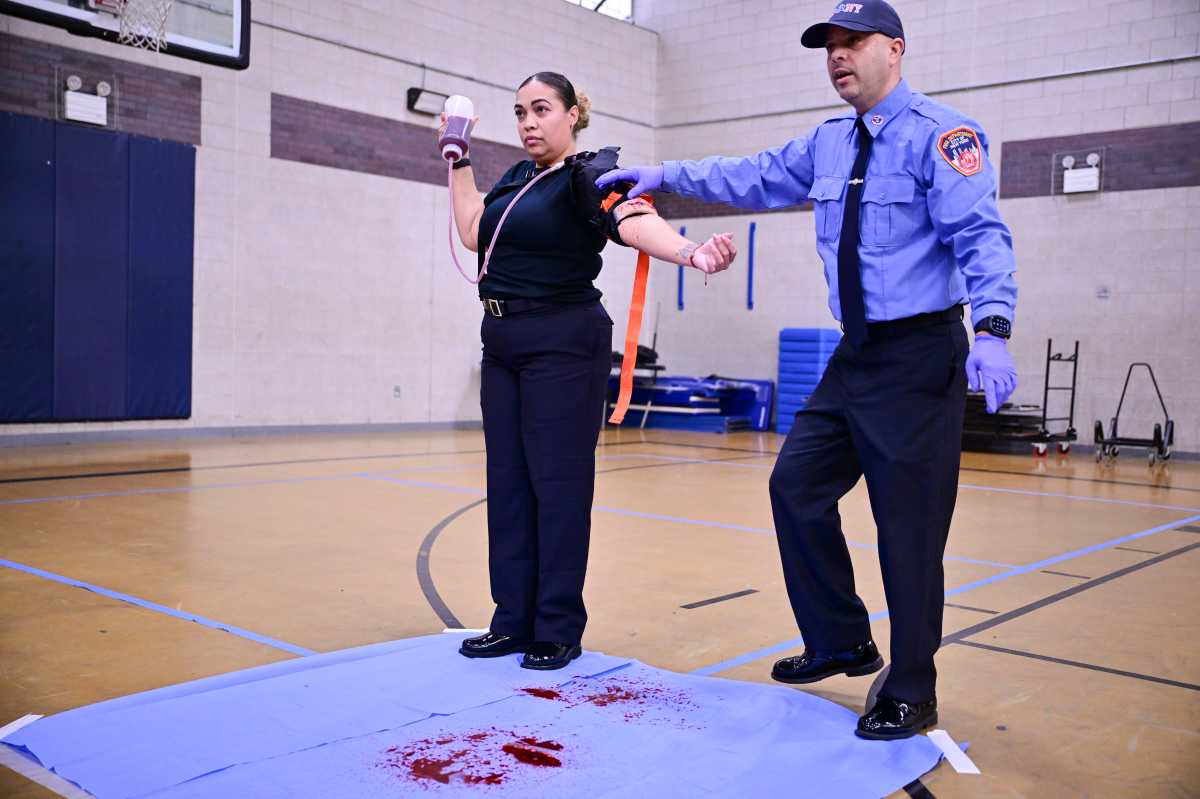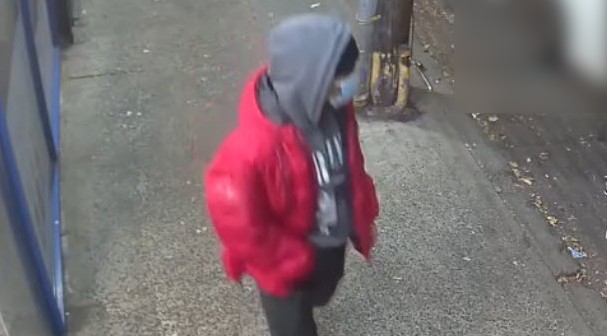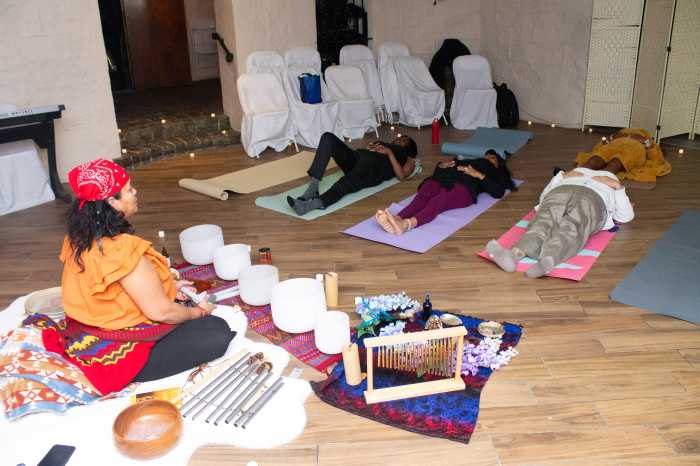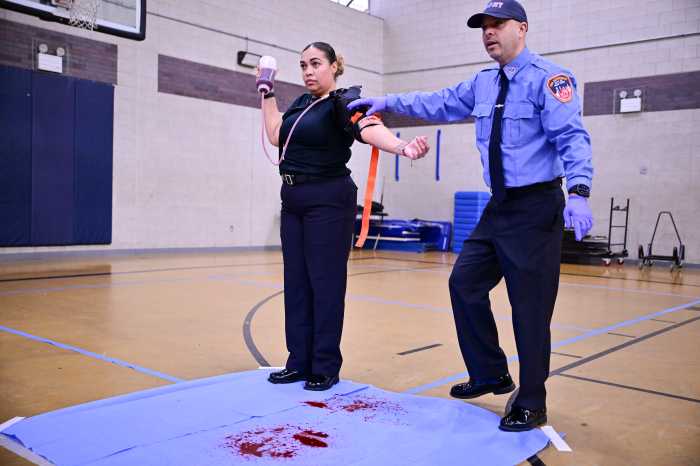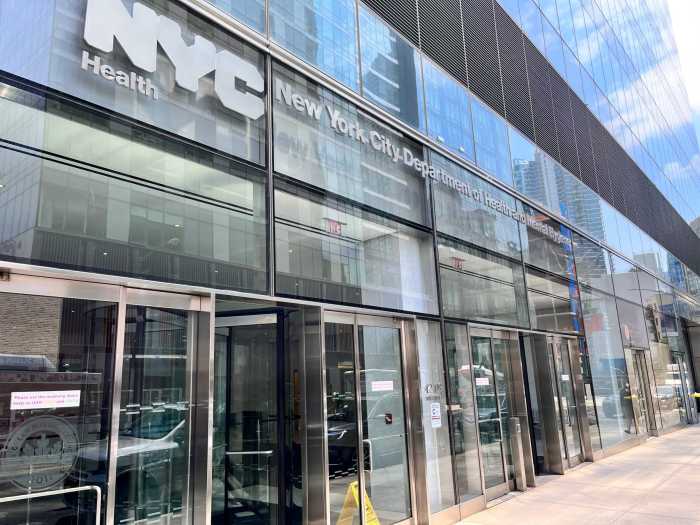Sales of the $5 flat-fare CityTicket on MTA’s two commuter railroads have surged since the agency expanded the deal more than two months ago to encourage more riders onto Long Island Rail Road and Metro North trains for trips within New York City.
The MTA recorded a 68.3% increase in CityTicket sales on the LIRR from the first week of the deal between Feb. 28 and March 6 when the agency sold 32,895 of the tickets, through last week between May 5–15, when riders bought 55,371 of the discount tickets, according to the agency.
Over on the Metro North, CityTicket purchases rose between those two time periods from 10,630 sales to 15,865 — an almost 50% bump.
“The percentage of riders who are actually traveling between New York [City] stations has soared,” said Janno Lieber during an unrelated press conference on Monday, May 16. “The CityTicket program has resulted in a dramatic increase in the percentage of commuter railroad passengers who are actually riding between New York City destinations.”
Sales far outpaced the growth rate of ridership during that time, which was up 15.6% on the LIRR and 14% on the Metro-North, according to an amNewYork Metro analysis of MTA’s daily counts.
“Offering people incentives to ride clearly works,” said Lisa Daglian, the executive director of the MTA’s in-house rider advocacy group, the Permanent Citizens Advisory Committee (PCAC).
The MTA, at the end of February, rolled out a slate of discounts and promotions for its mass transit system, most notably the “Lucky 13” fare cap, which unlocks free rides for subway and bus passengers using the tap payment system OMNY after 12 trips within a week.
The fare cap has saved riders a whopping $4.5 million and some 522,000 have received the benefit as of the end of last week, according to MTA.
The agency also expanded the CityTicket program — previously limited to weekends — to offering $5 flat fares seven days a week during off-peak hours, along with a new 20-trip ticket for the commuter rails and 10% off monthly tickets.
The CityTicket was a price cut from previously $7.25 for the same trips on the Metro-North and $7.75 on the LIRR.
Transit officials pitched the CityTicket program as a boon for New York City commuters living near an LIRR or Metro-North stop, who could more affordably shave time off of their commutes with existing transit infrastructure, rather than having to hop on a longer subway or bus ride.
“These money-saving discounts are saving commuters life-changing time that you can’t otherwise get back,” said Daglian. “You can cut an hour each way off your commute by using a commuter rail in a lot of cases.”
Another deal that’s been in place for years, the Atlantic Ticket, similarly offers $5 one-way trips but at any hour for 10 LIRR stations in Brooklyn and Queens.
Those saw a 10% increase for single tickets from 13,459 to 14,805, while weekly pass sales were up just 2.55% from 705 to 723.
Unlike CityTicket, Atlantic Ticket is not available on MTA’s eTix app, and straphangers must go to a physical vending machine at one of the eligible stations to get the deal.
MTA has claimed that’s because CityTicket is a permanent ticket type having started all the way back in 2004, while the Atlantic Ticket is still technically a pilot, even though it’s been going for almost six years since 2018.
The agency should just merge the deals into one flat-fare ticket around the clock for intracity travelers, said Daglian, including a free transfer to subways and buses available for $60 weekly Atlantic Tickets — a longstanding proposal by the PCAC dubbed the Freedom Ticket.
“Just imagine if Atlantic Ticket were available on the app, how much greater these numbers would be,” the advocate said.
Transit officials are eyeing more discounts after the current four-month testing phase of the current offerings concludes at the end of June, Lieber said last week.
Ridership on the commuter rails has returned to around 60% on weekdays, with pandemic-era records on Tuesday of 182,700 on the LIRR and 162,100 on the Metro-North, according to the head of both train systems, Catherine Rinaldi.
“Rail travel is the quickest, easiest, and most sustainable way for us to get around the New York metropolitan region, and as we head into the summer, we look forward to welcoming more and more of our customers back on board,” Rinaldi said during a press conference in Grand Central Terminal Thursday.
The subways also saw a pandemic record Wednesday with 3.6 million riders, with percentages compared to pre-COVID hovering around the high 50s on weekdays.
“What we’re seeing this week is a real change,” Lieber said at the midtown transit hub Thursday. “When people have place to go, they’re taking advantage of MTA services. When they have somewhere to go they’re choosing mass transit if — that’s what we want and we want to be the service of choice.”
Read more: MTA to Connect Two Brooklyn Stations
